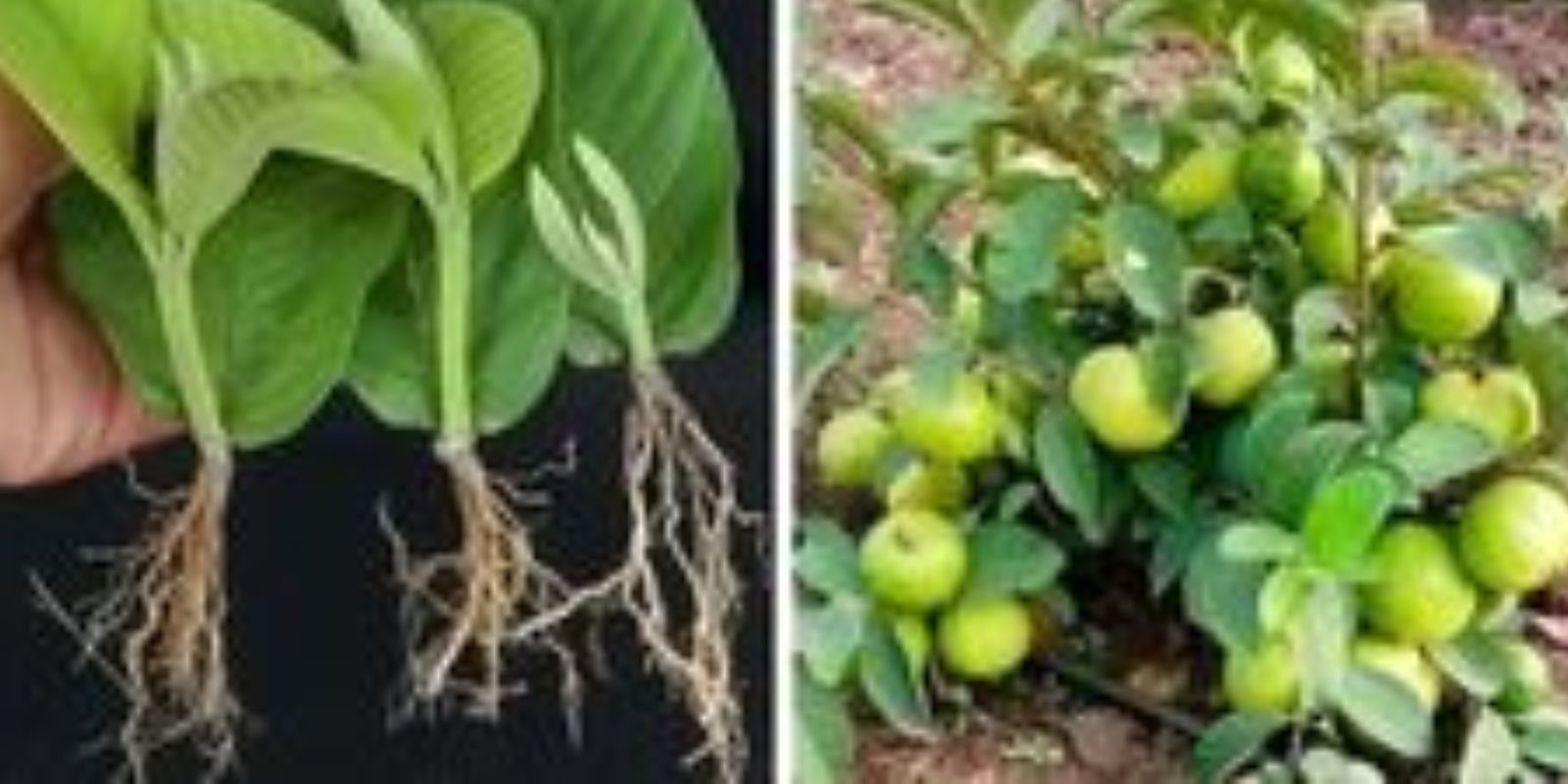To cultivate guava trees from guava leaves is a fascinating process that offers both gardening enthusiasts and fruit lovers a unique opportunity to propagate new plants from existing ones. This article explores the steps involved in growing guava trees from guava leaves, from selecting the right leaves to caring for young plants as they develop into mature fruit-bearing trees. Discover the joys and intricacies of guava propagation and learn how you can successfully grow your own guava trees at home.
Introduction
Growing guava trees from guava leaves is not just an exercise in horticultural skill; it’s a journey of nurturing and propagation that can yield delicious rewards. Guava (Psidium guajava) is a tropical fruit known for its sweet and aromatic flavor, making it a desirable addition to any home garden. By propagating guava trees from guava leaves, gardeners can ensure a sustainable source of fresh fruits while enjoying the process of fostering new life from existing plants.
Understanding Guava Propagation
Guava propagation from leaves involves creating new plants through asexual reproduction, specifically through leaf cuttings. This method allows gardeners to clone genetically identical plants from a parent guava tree, preserving desirable traits such as fruit quality and disease resistance. Here’s how you can successfully propagate guava trees from guava leaves:
Steps to Cultivate Guava Trees from Guava Leaves
- Selecting Healthy Guava Leaves
- Choose mature, healthy guava leaves from a well-established guava plant. Look for leaves that are free from diseases, pests, and physical damage.
- Preparing the Leaf Cuttings
- Trim the guava leaves carefully from the stem using clean, sharp scissors or pruning shears. Each cutting should include a portion of the leaf blade and a small section of the petiole (leaf stalk).
- Using Rooting Hormone (Optional)
- Dip the cut end of each guava leaf cutting into rooting hormone powder. Rooting hormone helps stimulate root growth and improves the chances of successful propagation, though it is not always necessary for guava leaf cuttings.
- Preparing Planting Containers
- Fill small pots or containers with a well-draining potting mix. Guava plants prefer soil that is rich in organic matter and drains well to prevent waterlogging.
- Planting the Leaf Cuttings
- Insert each guava leaf cutting into the potting mix, ensuring that the cut end is buried in the soil while the leaf blade remains above the soil surface. Firm the soil gently around the cutting to provide stability.
- Providing Adequate Moisture
- Water the newly planted guava leaf cuttings thoroughly after planting to settle the soil around the cuttings. Keep the soil consistently moist but not waterlogged, as excessive moisture can lead to rotting.
- Placing in Indirect Light
- Position the containers in a location that receives bright, indirect sunlight. Guava plants thrive in full sunlight but require protection from intense midday sun, especially during the early stages of growth.
- Monitoring Growth and Care
- Monitor the guava leaf cuttings regularly for signs of growth, including the emergence of new shoots and roots. Keep an eye on soil moisture levels and adjust watering as needed to maintain optimal conditions for root development.
- Transplanting and Maintenance
- Once the guava leaf cuttings have developed strong roots and established new growth, they can be transplanted into larger pots or directly into the garden soil. Provide regular watering, fertilization, and pruning as needed to encourage healthy growth and fruit production.
Benefits of Growing Guava Trees from Guava Leaves
- Sustainability: Propagating guava trees from guava leaves reduces the need for purchasing new plants and ensures a sustainable source of fresh fruit.
- Cost-Effectiveness: It is a cost-effective way to expand your garden or orchard without investing in expensive nursery plants.
- Genetic Preservation: Cloning guava trees from leaf cuttings allows gardeners to preserve and propagate specific varieties with desirable traits, such as flavor, size, and disease resistance.
Conclusion
Cultivating guava trees from guava leaves offers gardeners a rewarding opportunity to propagate new plants and enjoy the fruits of their labor—literally. Whether you’re an experienced gardener or a novice enthusiast, propagating guava trees from leaves provides a hands-on experience in plant propagation and fruit cultivation. Embrace the process, learn from the journey, and savor the satisfaction of growing your own guava trees at home. Share your experiences, tips, and successes with fellow gardeners, and celebrate the beauty and bounty of nature’s gifts in your own backyard. Happy gardening! 🌿

